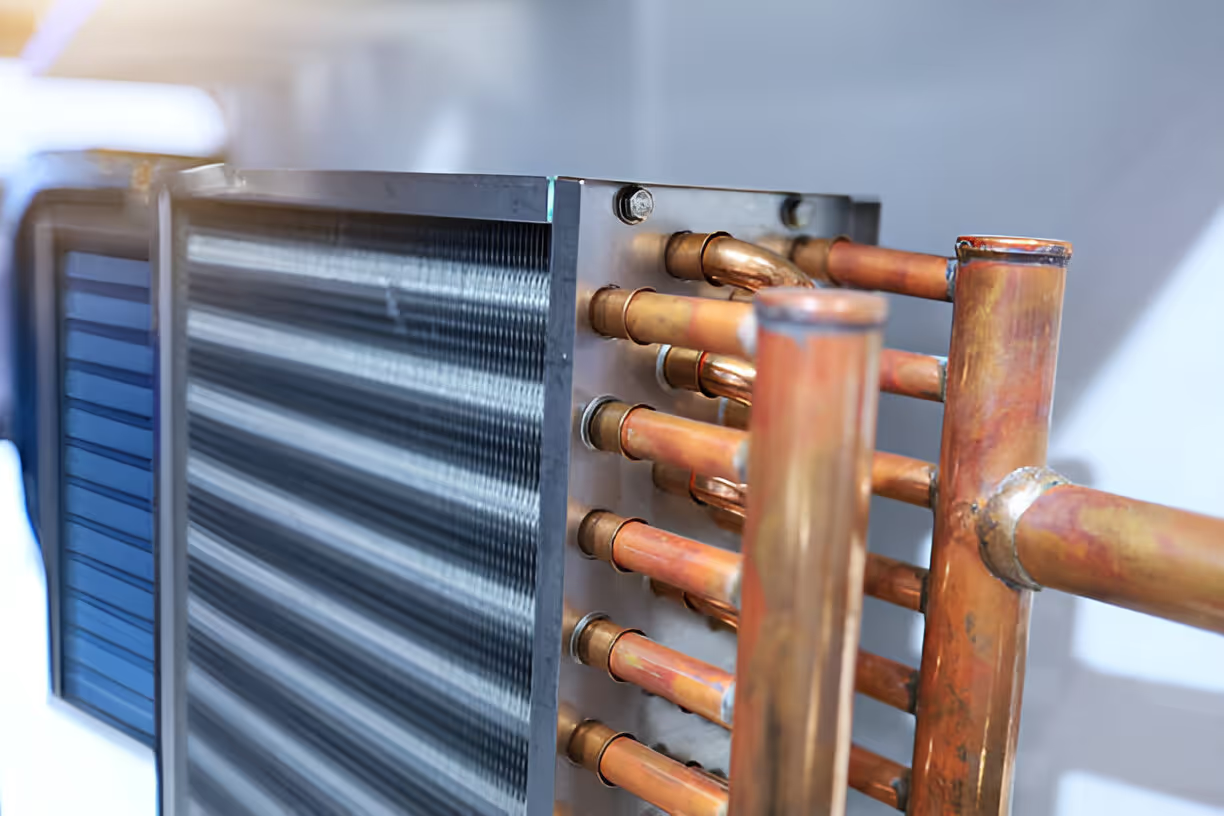Furnace Service in Santan Valley, AZ
A properly serviced furnace delivers reliable comfort, lower utility bills, and safer operation for Santan Valley homes. Even though winters here are milder than northern states, cold snaps, chilly desert nights, and early morning lows make a dependable furnace essential. This page explains comprehensive furnace services available in Santan Valley, AZ — diagnostics, routine servicing, minor and major repairs, parts replacement, service plan options, technician credentials, and clear guidance on when to repair versus replace your furnace.

Common furnace issues in Santan Valley, AZ
Santan Valley’s dry, dusty environment and seasonal temperature swings create a predictable set of furnace problems:
- No heat or intermittent heating: Often caused by faulty thermostats, failed igniters, or blocked burners.
- Short cycling: Furnace turns on and off quickly due to dirty filters, incorrect airflow, or failing control boards.
- Unusual noises: Rattling, squealing, or banging commonly point to worn blower bearings, loose panels, or failing motors.
- High utility bills: Reduced efficiency from dirty heat exchangers, aging equipment, or improper venting raises gas usage and costs.
- Poor indoor air quality: Dust infiltration during monsoon season and unchecked filters increase allergens and dust in the home.
- Safety concerns and CO risk: Cracked heat exchangers or improper venting can create carbon monoxide hazards that require immediate attention.
Comprehensive furnace diagnostics and service process
A proper service visit is methodical and transparent, focused on safety and performance:
- Visual inspection: Unit, vents, flue, gas lines, and thermostat for obvious damage or leaks.
- Airflow and filter check: Inspect filters and duct connections; recommend filter replacement or cleaning if needed.
- Combustion and safety testing: Measure flame quality, combustion gases, and test for carbon monoxide to verify safe operation.
- Electrical and control diagnostics: Check control board, capacitors, relays, and limit switches for faults.
- Mechanical inspection: Examine blower motor, belts, bearings, burners, and inducer motor for wear.
- Performance evaluation: Confirm temperature rise across the heat exchanger and verify thermostat accuracy.
- Service report: Provide a clear summary of findings, recommended repairs, and maintenance performed.
This diagnostic approach ensures both small issues and hidden safety problems are found and addressed.
Repairs, parts replacement and what to expect
Furnace repairs fall into two categories: minor repairs that restore normal function and major repairs that address core components.
Minor repairs and common parts replaced:
- Igniters and flame sensors — frequent failure points that prevent ignition.
- Thermostats and control modules — often corrected with recalibration or replacement.
- Blower motor capacitors and belts — restore proper airflow and reduce noise.
Major repairs and replacements:
- Blower motors or inducer assemblies — larger mechanical repairs when motors fail.
- Gas valves and control boards — critical components sometimes requiring full assembly replacement.
- Heat exchanger repair or replacement — a major safety item; a cracked heat exchanger typically necessitates replacement of the furnace.
When parts are replaced, technicians should use OEM or high-quality aftermarket parts and test the system thoroughly after repair.
Furnace service plans for Santan Valley homes
Service plans are designed to prevent breakdowns and reduce long-term costs. Typical options include:
- Annual tune-up: Fall safety inspection, filter check, burner cleaning, and performance testing.
- Priority service: Faster scheduling during peak cold periods and discounted labor rates.
- Ongoing maintenance: Scheduled visits to change filters, clean components, and log system performance.
- Safety coverage: Carbon monoxide testing and emergency safety checks included during service visits.
Service plans help homes in Santan Valley avoid morning cold surprises and extend the life of heating equipment.
When to repair vs when to replace a furnace
Deciding whether to repair or replace centers on safety, age, efficiency, and cost:
- Age of equipment: Furnaces older than 15 to 20 years are less efficient and more prone to major failures. Replacement is often the better long-term investment.
- Frequency of repairs: Multiple repairs within a single season indicate impending larger failures and justify replacement.
- Repair cost vs replacement cost: If a single repair costs more than 50% of the cost of a new furnace, replacement is typically recommended.
- Safety issues: Cracked heat exchangers or repeated combustion failures require replacement for occupant safety.
- Efficiency and utility savings: New high-efficiency furnaces significantly reduce gas usage and improve comfort; projected energy savings can offset replacement cost over time.
Technician credentials and safety checks
Quality furnace service depends on properly trained professionals:
- Licensed and insured technicians: Ensure compliance with Arizona HVAC and gas regulations.
- NATE or factory-trained credentials: Demonstrate up-to-date knowledge on brands and systems.
- Gas and combustion testing skills: Technicians should perform combustion analysis and CO testing during every service.
- Background-checked and safety-minded: Trusted technicians follow strict jobsite safety and home protection protocols.
Always confirm credentials and ensure the technician documents safety checks for your records.
Why timely furnace service matters in Santan Valley
Routine maintenance in Santan Valley provides real benefits: fewer breakdowns on cold desert nights, lower gas bills, consistent indoor comfort, and improved indoor air quality against seasonal dust. Proactive servicing reduces emergency repairs and preserves the lifespan and resale value of your heating system.
Regular maintenance and informed repair versus replacement decisions keep Santan Valley homes warm, safe, and efficient when the desert temperature dips. Aim for at least an annual inspection before winter, and consider a maintenance plan to protect your investment and maintain reliable heating performance.






